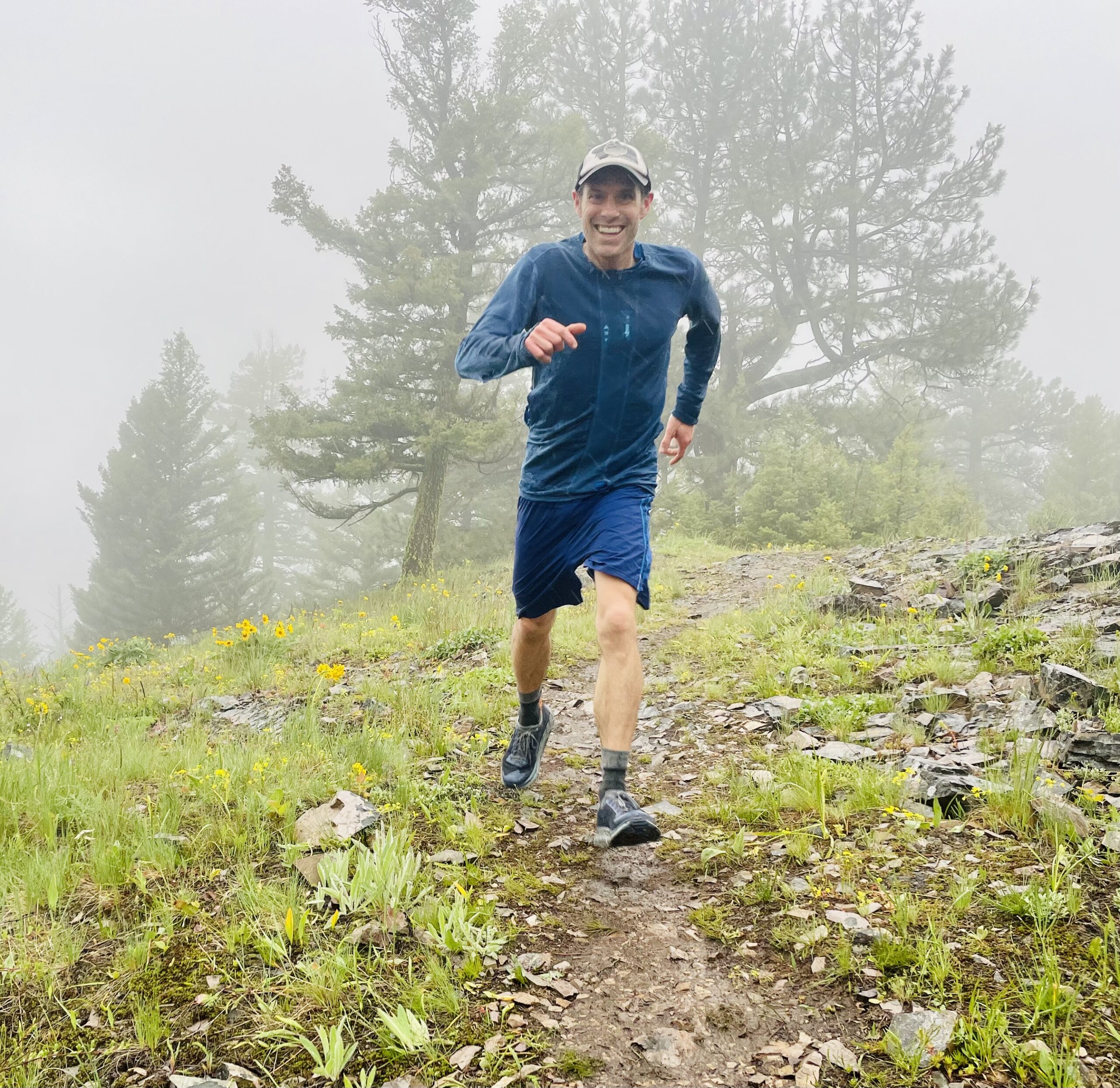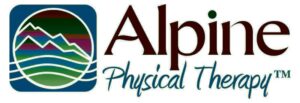
As runners we think of a number of different muscles that help propel us along our running path. Quads and glutes often get all the glory when it comes to “runner legs” but our calf is arguably one of the most underrated muscle complexes in the body.
The calf complex is composed of three muscles: Gastroc, Soleus and Plantaris muscles. This trio is considered a biomechanically advantaged group within the human body. What does this mean? Think of your calf like a wheelbarrow where the load is in the middle between the fulcrum (wheel) and the effort (lift), we consider this a class two lever. Your ankle functions the same way in relation to rising on your toes: the ball of your foot acts as the fulcrum, the weight of the body is the load and the effort comes from the contraction of the calf. In the same way the wheelbarrow allows us to move heavy loads with reduced effort, so too does the calf. Due to this biomechanical design, the muscle force needed to produce a heel raise is 1/3rd of one’s body weight and is why this group of muscles is biomechanically advantageous.7 You can see my obsession with the calf.
Calves are inherently efficient but they require effort to keep fit over the lifespan. In relation to running, you lose ~4% ankle power every 5 years over the age of 20.6 These decreased mechanical outputs result in 13% reductions in stride length and running velocity by age 60 and predict 20% reductions by age 80.6
Are calf raises the anti-aging antidote? Not exactly. However, it is proposed that calf strengthening throughout the life span can attenuate the biomechanical deficits that come along with aging.6 Less than optimal strength in your calf complex places you at an increased risk for a myriad of running related or overuse injuries:
- Achilles Tendinopathy
- Calf Strain/Tear
- Plantar Fasciopathy
- Posterior Tibialis Tendinopathy
- Shin Splints (Medial Tibial Stress Syndrome)
- Stress Fracture
Consider incorporating a variety of plantar flexor strength exercises to attenuate your risk of injury and add external resistance as tolerated.
- Bilateral calf raise > Single leg calf raise > Single leg calf raise on stair
- Calf raise on leg press machine
- Seated calf raise

About the author: Bailey Lodato, PT, DPT at Alpine Physical Therapy
References:
- Wright WG. Muscle training in the treatment of infantile paralysis. Boston Med Surg J. 1912;167:567-574.
- Lovett RW, Martin EG. Certain aspects of infantile paralysis and a description of a method of muscle testing. JAMA. 1916;66:729-733.
- Lunsford BR, Perry J. The standing heel-rise test for ankle plantar flexion: Criterion for normal. Physical Therapy. 1995;75(8):694-698. doi:10.1093/ptj/75.8.694
- Hébert-Losier K, Newsham-West RJ, Schneiders AG, Sullivan SJ. Raising the standards of the calf-raise test: A systematic review. Journal of Science and Medicine in Sport. 2009;12(6):594-602. doi:10.1016/j.jsams.2008.12.628
- Hortobágyi T, Rider P, Gruber AH, DeVita P. Age and muscle strength mediate the age-related biomechanical plasticity of gait. Eur J Appl Physiol. 2016;116(4):805-814. doi:10.1007/s00421-015-3312-8
- Devita P, Fellin RE, Seay JF, Ip E, Stavro N, Messier SP. The Relationships between Age and Running Biomechanics. Med Sci Sports Exerc. 2016;48(1):98-106. doi:10.1249/MSS.0000000000000744
- Neumann DA, Elisabeth Roen Kelly, Kiefer CL, Martens K, Grosz CM. Kinesiology of the Musculoskeletal System : Foundations for Rehabilitation. Elsevier; 2017.
 missoulamarathon.org >>
missoulamarathon.org >>